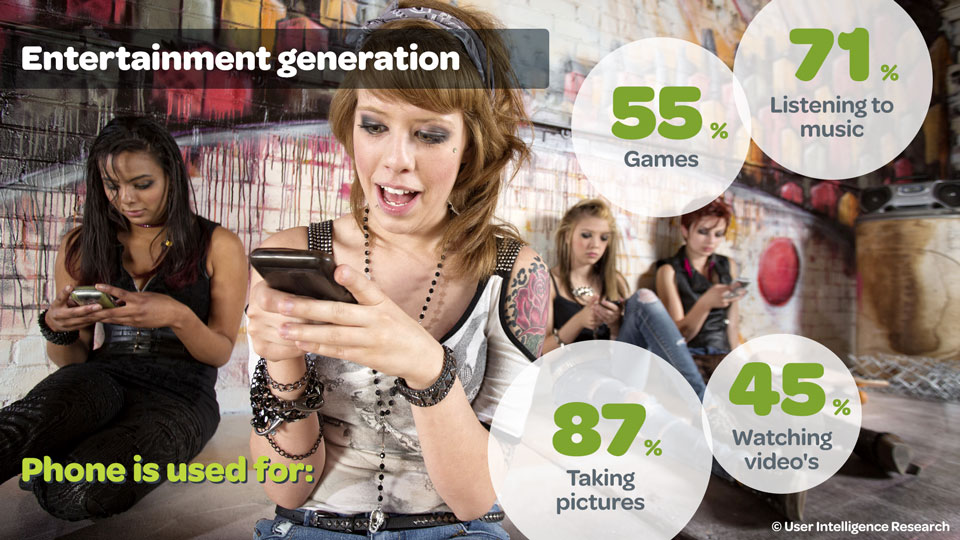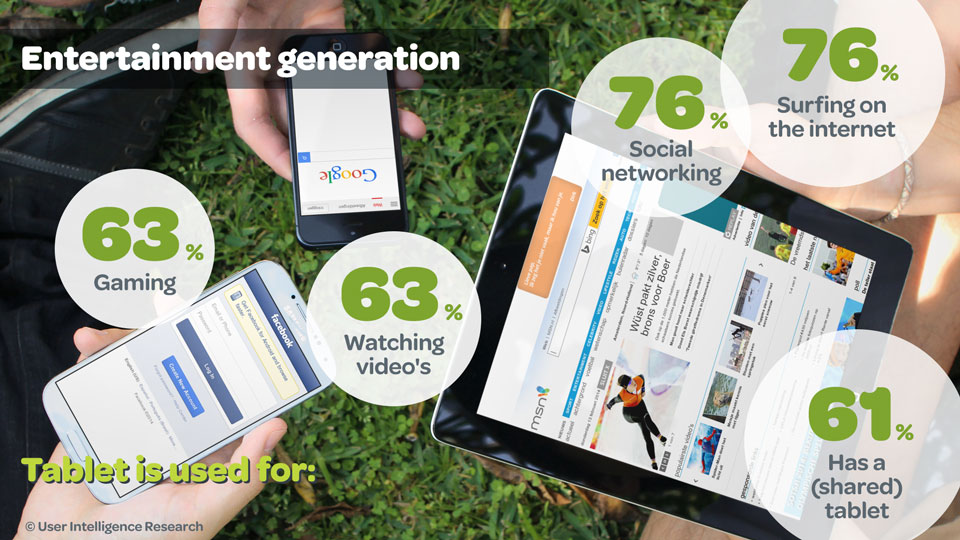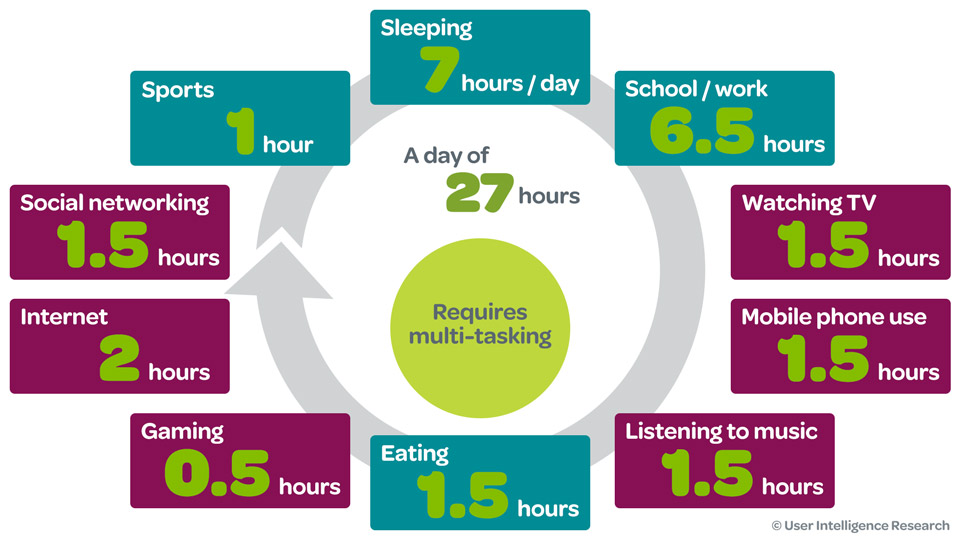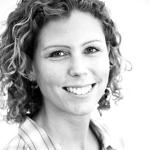Digital Natives are people who have grown up using technology from early childhood. Their mother tongue is the digital language of computers, video games, and the Internet. These young people, usually between 15 and 25 years old, differ from Digital Immigrants (those born before 1985) in their perceptions of interactive products and the way they behave when using them.
Their heavy use of interactive products makes them experienced and skilled users, but on balance the question arises: are Digital Natives as tech-savvy as they’ve been portrayed? And what do you need to consider when you want to design an excellent user experience for this target group?
We conducted an online survey among 200 Digital Natives to better understand this increasingly important target group. Here are some key characteristics we found that affect their behavior and perception in the digital world.
Technology is Intertwined in Their Lives
Technology plays a key role in the lives of Digital Natives. Having Internet access 24/7 is the norm and they depend heavily on their mobile devices. They especially appreciate the multi-functionality of their phones and utilize them as personal assistants.
Some facts:
- Nearly all Digital Natives possess a phone and a computer
- They use their phones continuously during the day
- 100% have a mobile phone and 89% of those are smartphones
- Digital Natives spend an average of 3.5 hours per-day using their phones
- 80% say they can’t stand a single day without the Internet
- On average, they spend two hours per day surfing the Internet
The majority of Digital Natives feel disconnected and “off the radar” without their phones.
Some notable quotes:
- “I hate to be unreachable.”
- “Normally I am in touch all day with friends on WhatsApp. I find I really miss out on things when I forget my phone.”
- “I feel naked without my phone.”
A Highly Social Generation
Digital Natives are also a heavy consumers of social networking services. On average they spend 1.5 hours per day on social networking. Our survey statistics also tell us that:
- 94% are members of a social network
- 92% have a Facebook account, of which 20% connect to Facebook before they get out of bed, and 28% connect to Facebook in bed before going to sleep
- Facebook is their favorite website
- WhatsApp is their favorite app, followed closely by Facebook and Twitter
An Impatient Generation
Digital Natives consider speed to be the most important characteristic of digital products like mobile phones and computers. The device has to work quickly (24%), it has to work for a long time (20%), and has to be fun to use (17%).
Most Digital Natives don’t think about how a program or app might work, and don’t take the time to figure it out. They will dive straight into it and expect it to work quickly and intuitively! They read less than Digital Immigrants and can overlook important instructions—their impatience makes them error-prone.
Digital Natives blame the product or technology, not themselves, if anything goes wrong
Additionally, they are intolerant of their digital products. Common sites like Google and Facebook are the norm and have set a high bar for experience and functionality. This creates high expectations for Digital Natives. If an app crashes or doesn’t work as expected, they will just switch to another app. Digital Natives blame the product or technology, and not themselves, if anything goes wrong. This is in stark contrast to the reactions of most Digital Immigrants.
Technology Means Fun
Most devices used by this generation are multifunctional, and providing entertainment is an integral part of those devices. Digital Native use their devices for:
- Surfing the Internet
- Social networking
- Listening to music
- Watching videos
- Taking pictures
- Gaming

Tablets have Deeply Penetrated this Group
Many Digital Natives are in possession of, or have access to, a tablet—namely 61%. The iPad is the most popular tablet among this group, with 82% of tablet owners owning one.
Half of all our Digital Natives who have a tablet use it daily. Common situations in which their tablet is being used are:
- At home (89%)
- On vacation (43%)
- With family and friends (40%)
Digital Natives are Constantly Multitasking
When we add up all the online activities in the “average” day of a Digital Native it results in 27 hours! They often have multiple screens open and a number of programs running simultaneously, dividing their attention and distracting them. All this multi-tasking can take its toll.
Tech-Savvy or Not?
So, are Digital Natives as tech-savvy as we think? Due to intensive use of their devices Digital Natives are skillful users. However, they multi-task all day and are constantly exposed to new stimuli. This fragments their attention and causes them to make regular mistakes. Alongside this, they show little patience and limited tolerance. We conclude that the Digital Natives are tech-savvy, but not necessarily more effective users than Digital Immigrants.
Digital Natives are quite different from Digital Immigrants, however, both in their use of online technology and in their perception of it. This leads us to conclude that we should think differently when designing for target groups between 15–25 years of age.
How to Provide an Outstanding User Experience for Digital Natives
Creating stable, fast, user-friendly online user experience is a necessity! When designing for Digital Natives keep these guidelines in mind:
- Offer quick access to whatever they need
- Keep it simple to hold their attention
- Use visuals and as little text as possible
- Make your product self-explanatory and intuitive
- And last, but not least, give it a touch of fun
Want to know more about the research? See the original research and details on Slideshare. Do you have experience with designing user experiences for digital natives? We are very curious! Share your insights in the comments below. (This article was previously published on Frankwatching.)
Image of Digital Native using smartphone courtesy Shutterstock.











